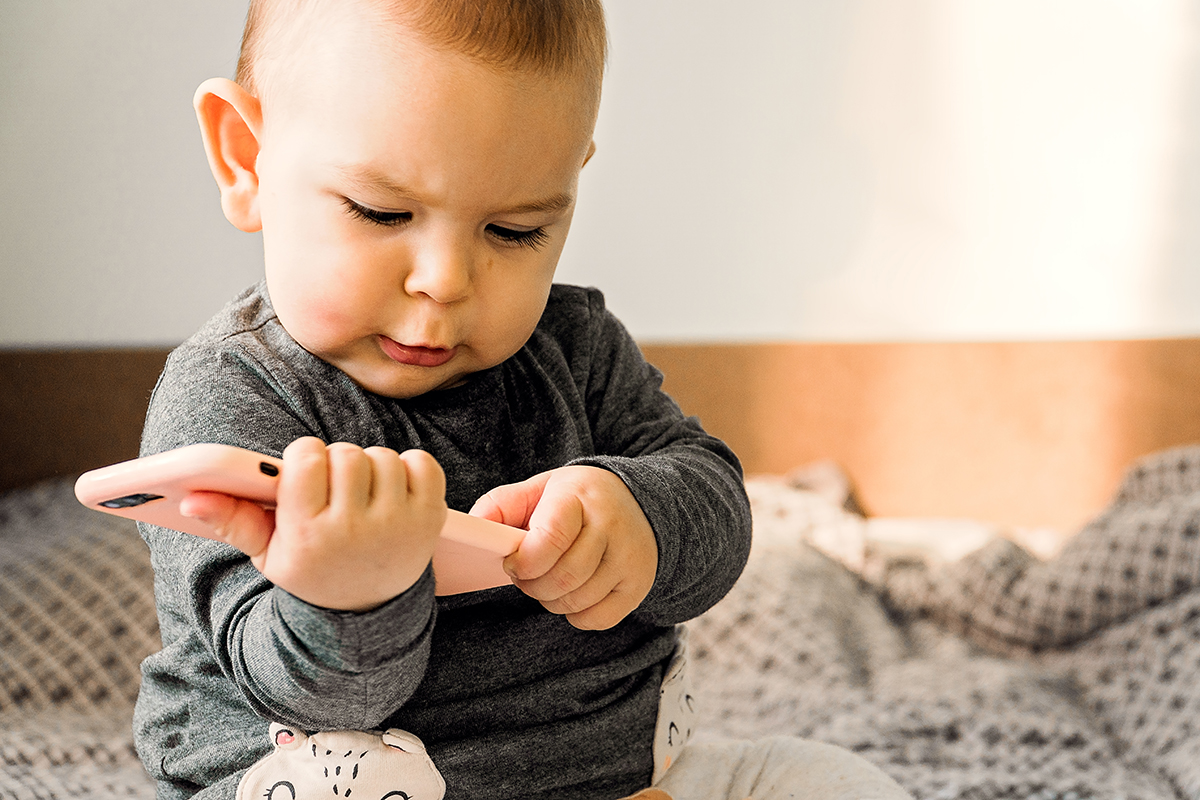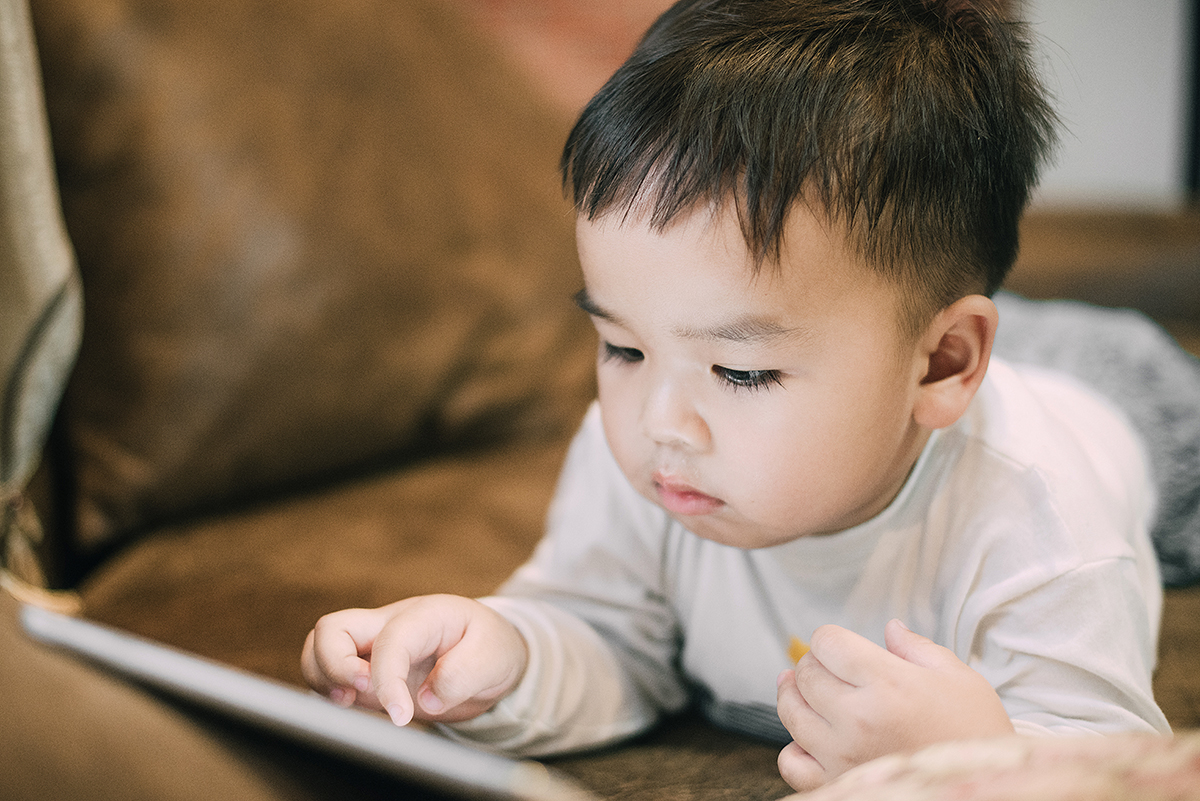Screen time – how much should kids have?
6th May 2023

As a GenX mum, I’m a digital immigrant. I grew up with a phone that plugged into the wall and had a cord, changing the channel on the TV required getting off the couch, and taking a photo meant using a camera and getting film developed. My kids though, at age 15 and 13, are digital natives. They were born into a world dependent on devices. They could program the HD recorder by the age of five, gave their grandparents lessons on how to drive an iPhone and couldn’t understand why touching the screen on my three-year-old laptop didn’t make things bigger, move or play. This new generation have been exposed to screens from a very young age and many studies have indicated that excessive screen time, and our reduction in getting outside to play, is having a negative effect on kids’ vision. As a parent, and especially a digital immigrant parent, this is really hard to navigate. Kids need devices to do their homework, they automatically pick up a phone (or just yell ‘Hey Siri’) to find an answer to a question and thrive on the on-demand visual entertainment offered by Netflix and the like. So how much screen time is too much?
In 2019, the World Health Organisation released guidelines covering screen time for children under the age of five. According to their guidelines:
Infants under 1 years of age, zero screen time is
recommended.

Kids aged
1-4 years should have no more than 60 minutes of screen time per day.

Obviously these recommendations are great if we lived in a
perfect world, where kids didn’t scream in the supermarket aisles, didn’t fuss
when you’re in the line at the post office and didn’t throw tantrums when you
were trying to have a conversation. The reality is, being a mum or dad can be
tough and sometimes you just have to do what you have to do to get through
challenging situations. I guess what we can take from this is the WHO suggests
we don’t make a habit of excessive screen time.
For older kids who need to use devices for homework and study, helping them practice good screen time habits is important. Good Vision For Life has a number of tips to help minimise negative effects of screen time. A big one that is easy for kids and teens to remember is practising the 20/20/20 rule. Every 20 minutes focus your eyes on something at least 20 feet (6 metres) away for at least 20 seconds. I try really hard to do this myself each day as I spend a considerable amount of time working on my laptop.
There are other studies that suggest screen time can impact kids’ sleep and mental and emotional well-being (for various reasons). Interestingly, Dane was spending 1-2 hours on a computer and/or iPad and was having terrible trouble sleeping. He would be restless and wakeful all through the night. So we gave him a week long small screen ban (he was still allowed to watch TV but that was about 1-2 hours a week) and the change in his sleep was significant. He was a different kid. The ban will continue!
Of course, limiting time is not the only thing we can do to help our children’s vision when it comes to devices.
An important component of the WHO guidelines were the recommendations of getting kids outside for physical activity. This is backed up by QUT’s School of Optometry and Vision Science which found that kids should spend at least two hours outside every day to help prevent myopia (short sightedness) from developing and progressing. As I’ve written about before, myopia is a growing problem worldwide as our lives change and more time is spent indoors. A recent study showed that, 36% of our population is predicted to be myopic (short sighted) by 2020 and by 2050 that number is set to increase to 55%.

Devices are here to stay so learning to manage their use to ensure we still look after our kids’ eyes and vision will be key. And undoubtedly the most important thing is get our kids’ eyes checked regularly – in Australia this can be done yearly (for those kids who don’t already have other conditions that require more frequent care).
I’m off to watch Netflix on my phone now.

